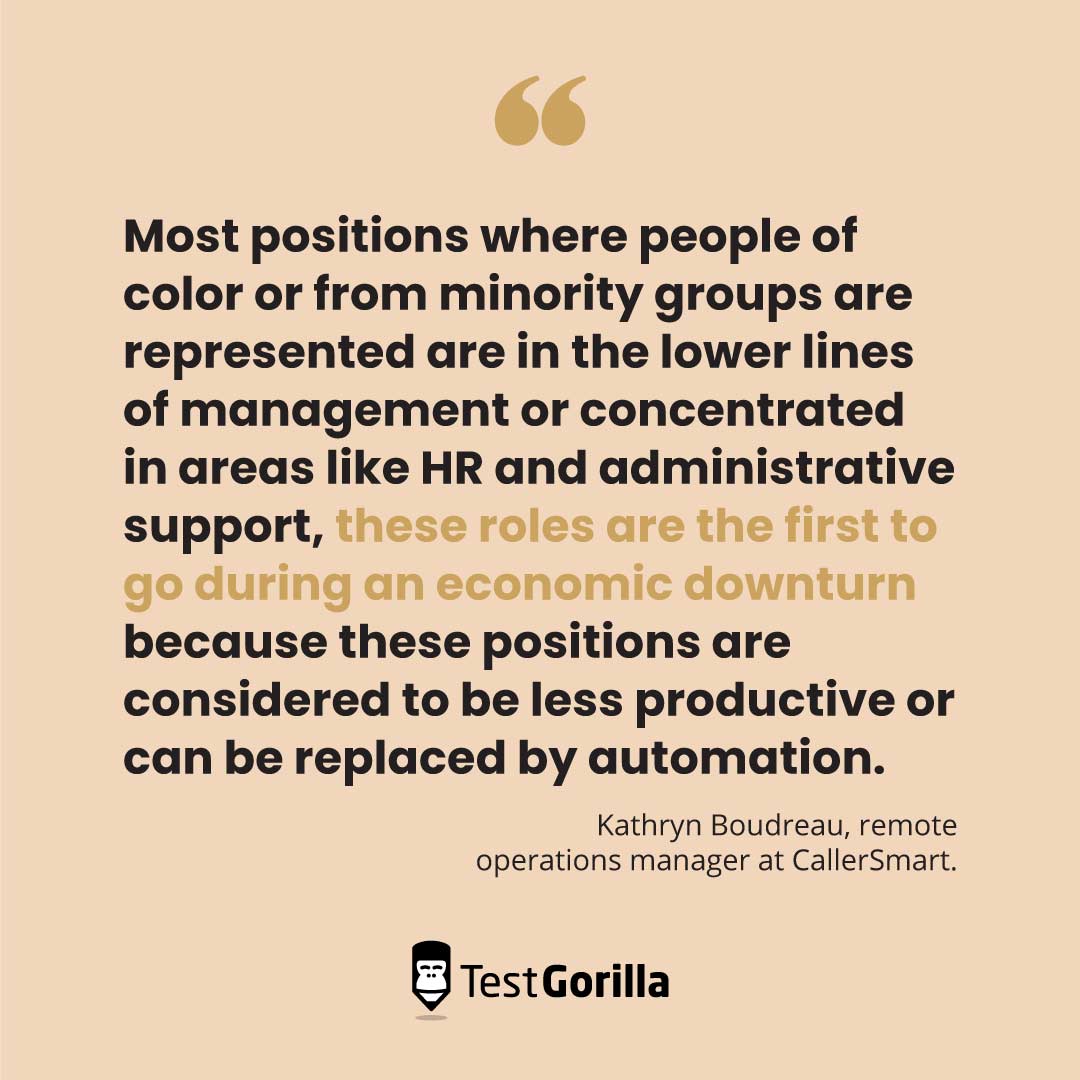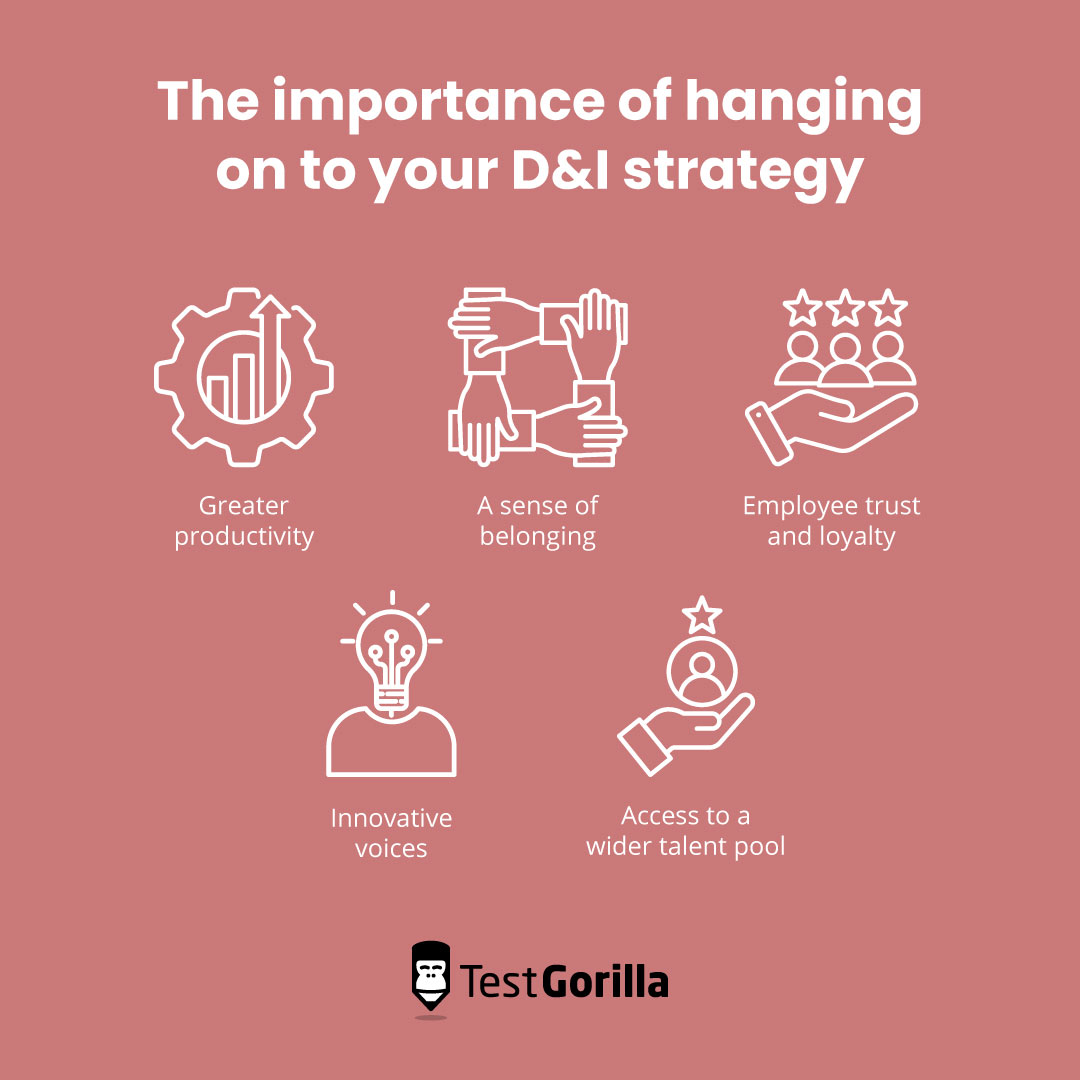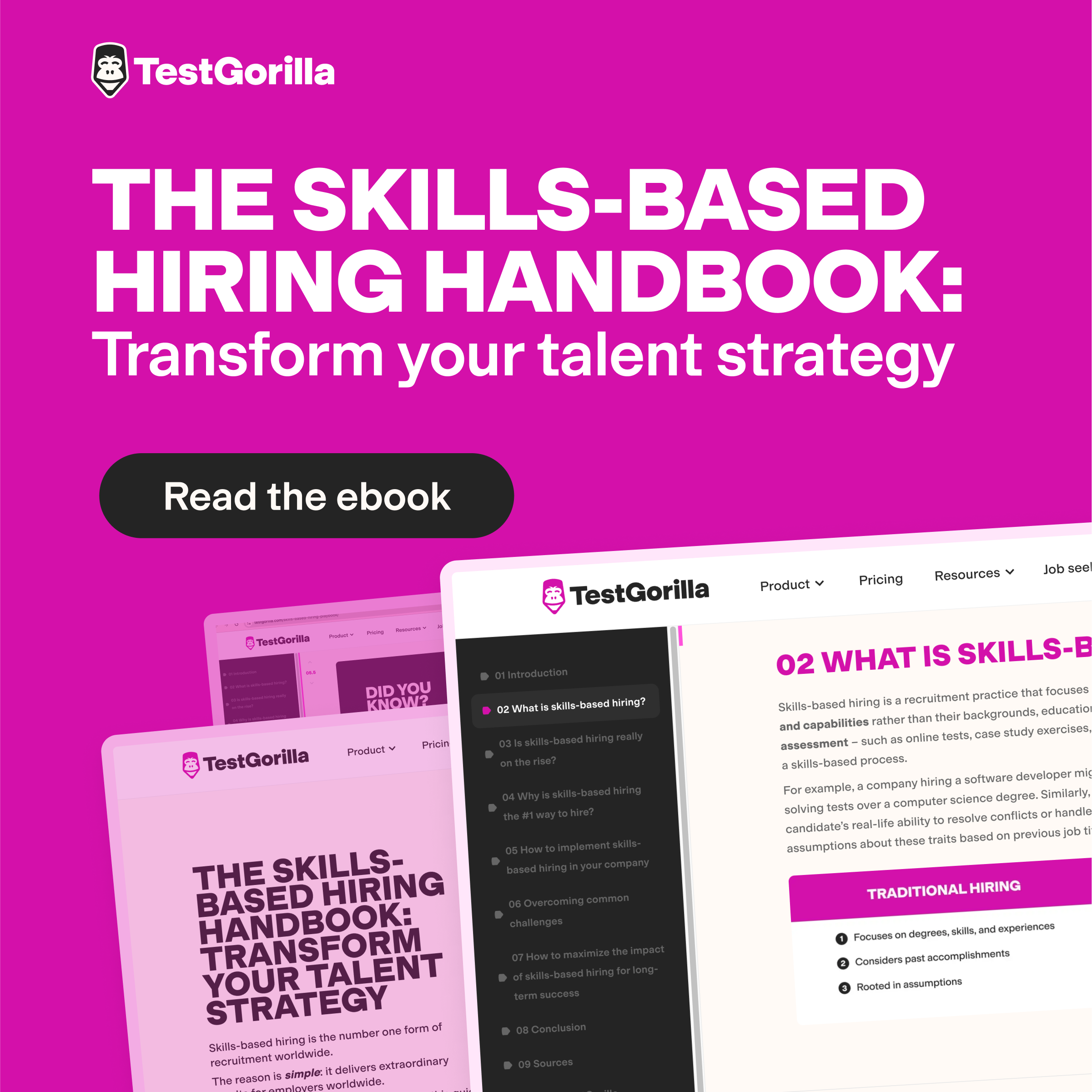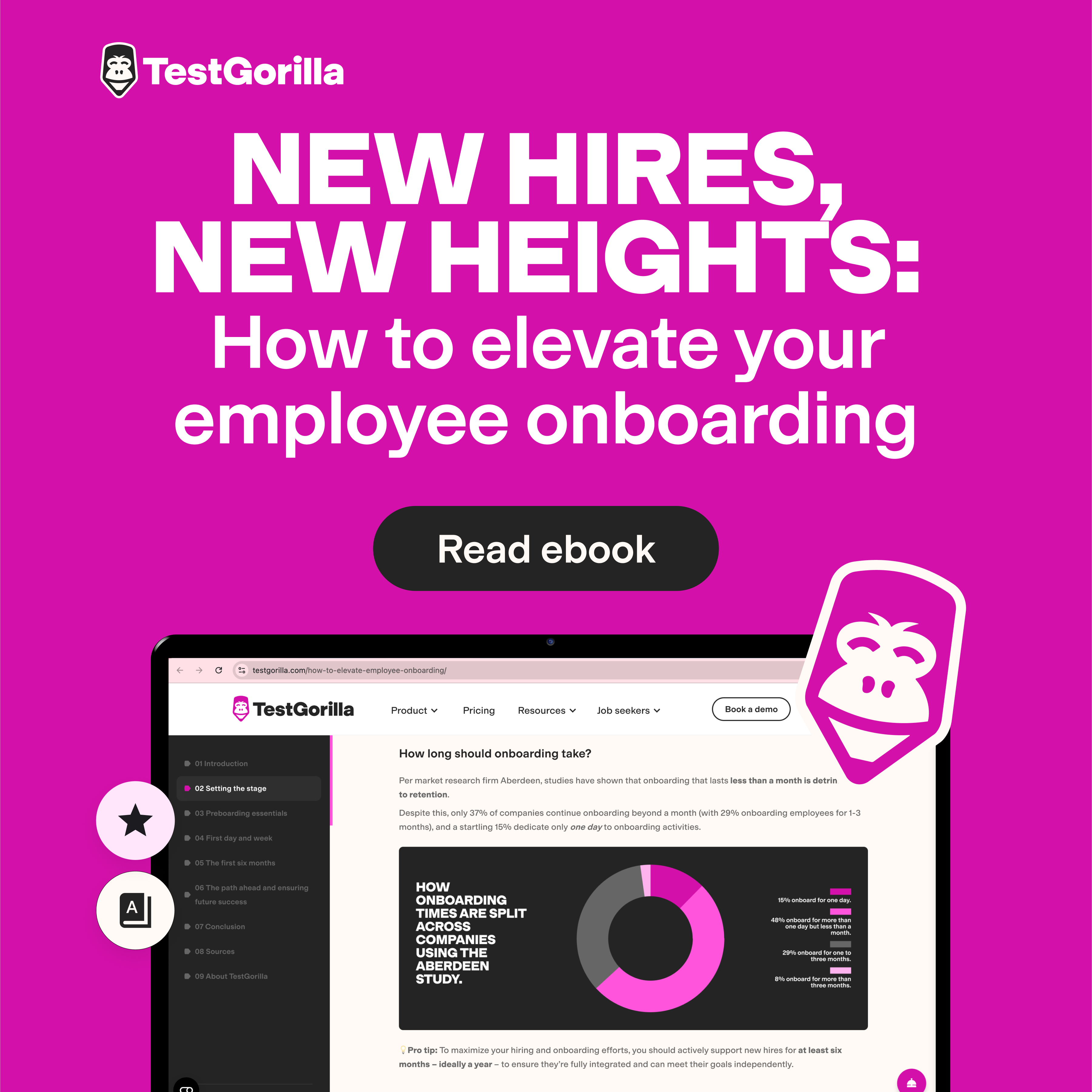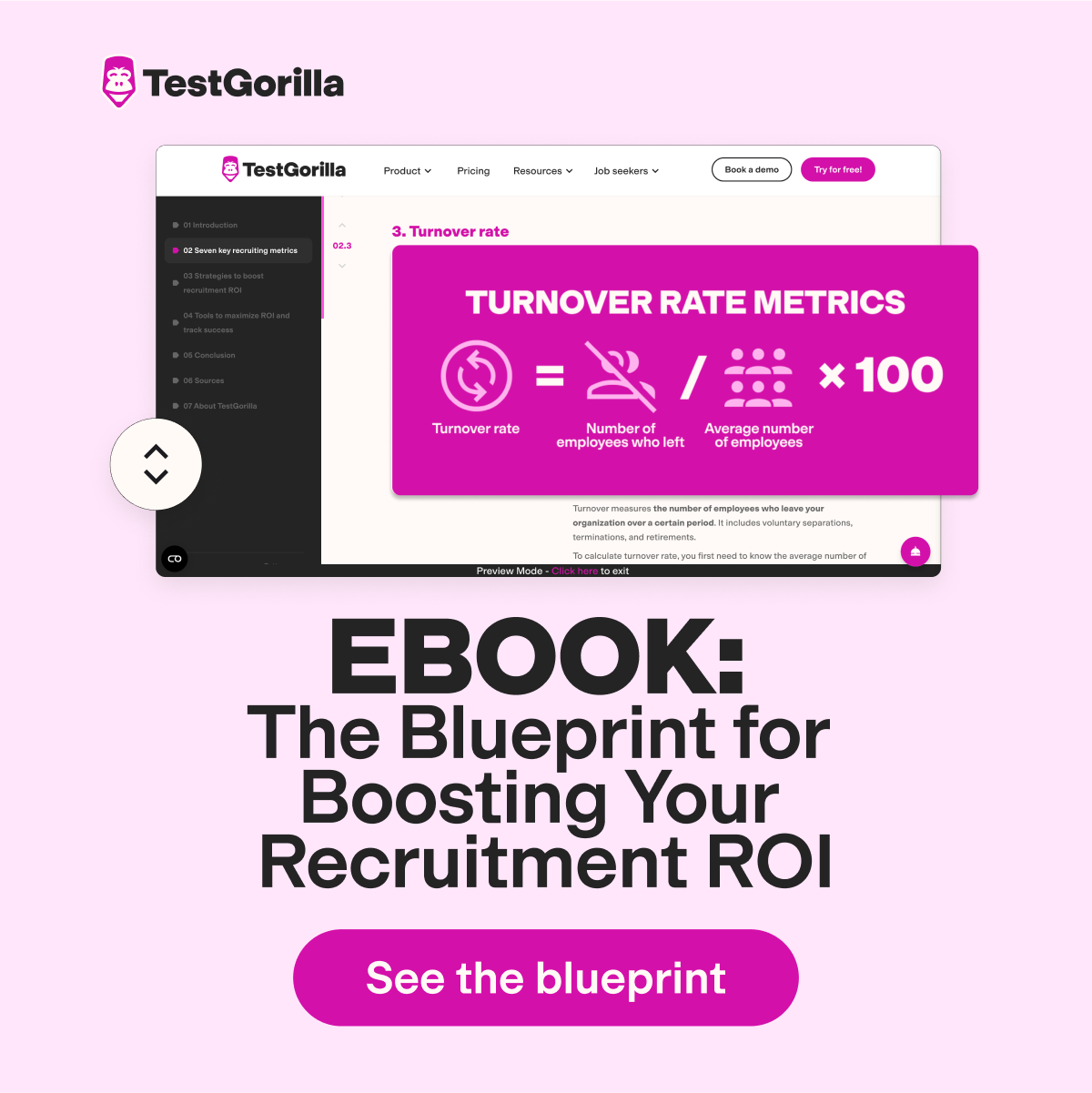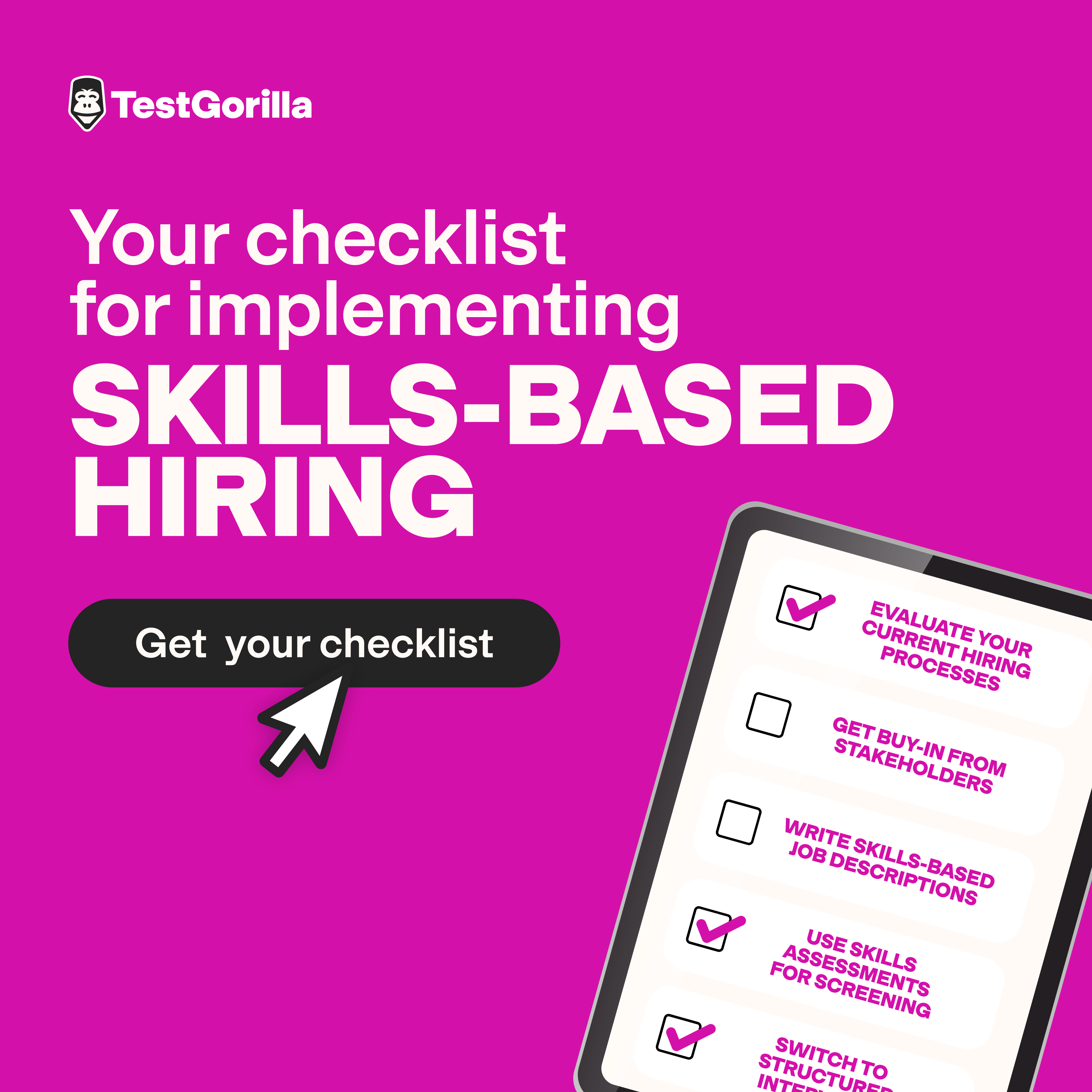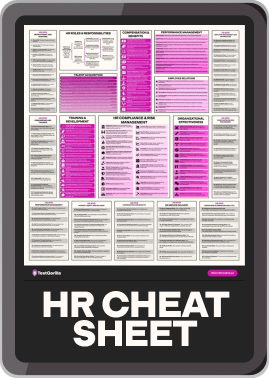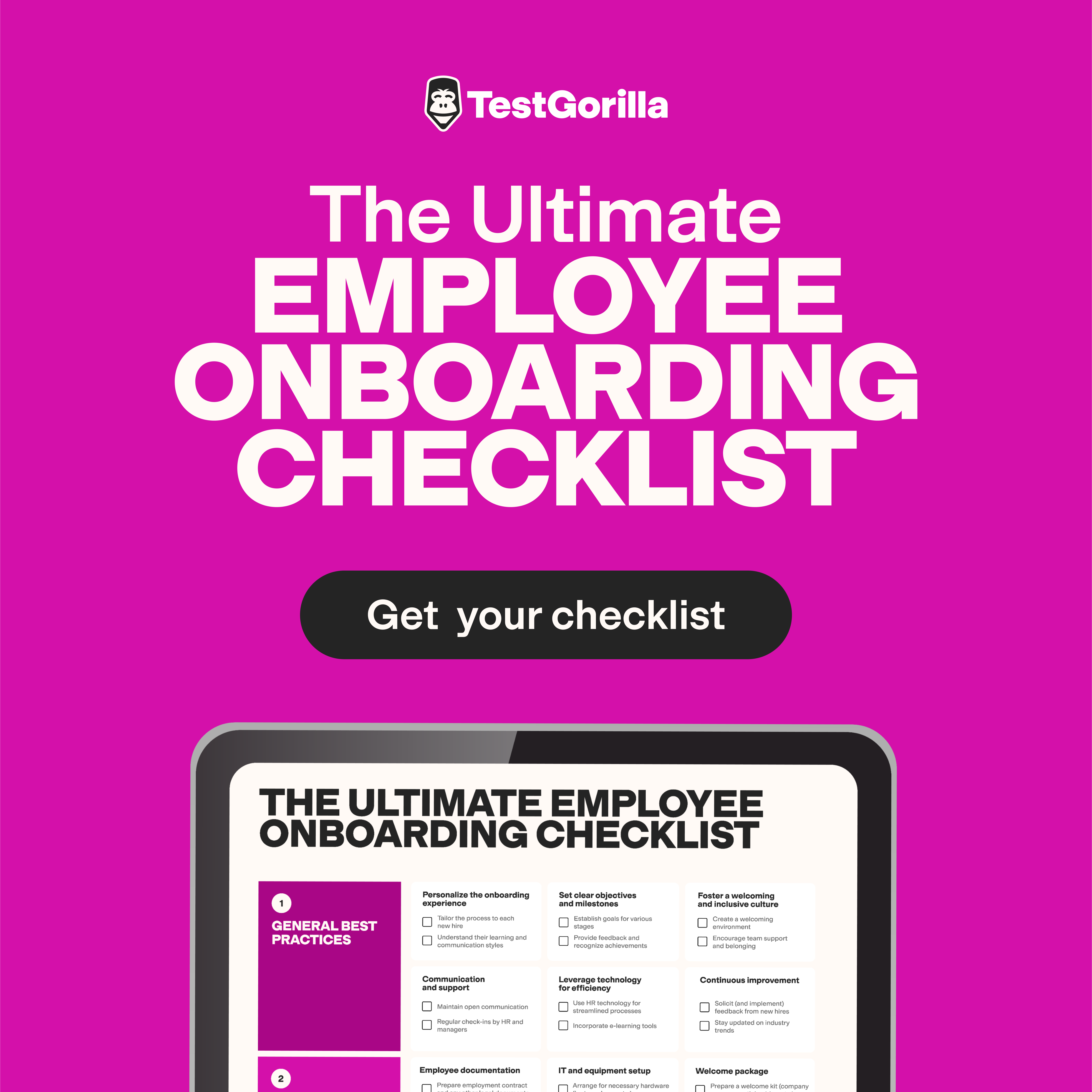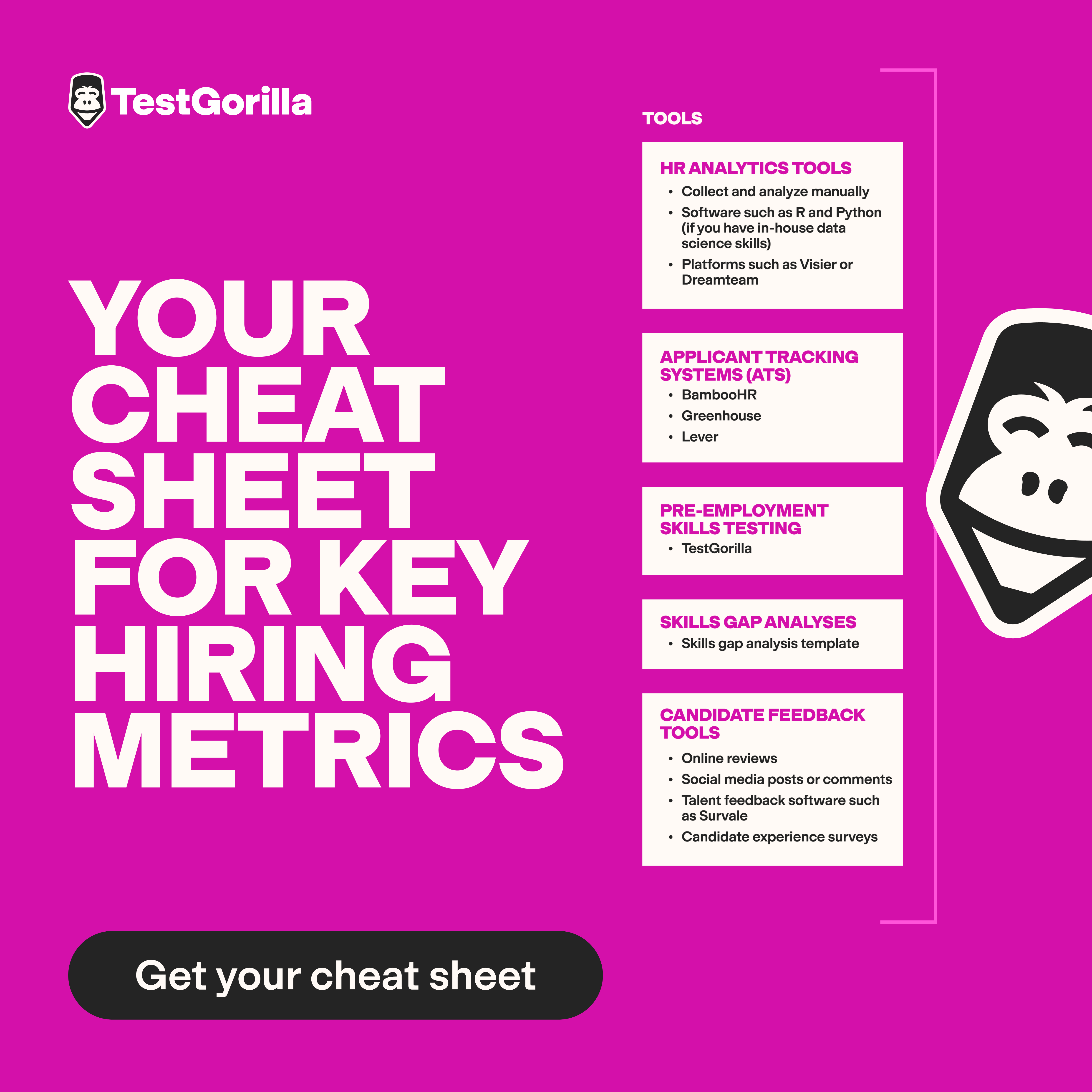Last in, first out? How to ensure D&I doesn't fall by the wayside in a crisis
In the wake of the Black Lives Matter (BLM) movement, companies throughout the US began to make huge strides in diversity and inclusion (D&I) efforts – over half of American workers reported that their employer took some sort of initiative following the BLM protests.[1]
However, recent large-scale layoffs, such as the ones seen at Netflix and Twitter, reveal that members of diverse groups are disproportionately affected when companies face financial hardships.[2]
This impacts not only a company’s reputation and image, but also its productivity, innovation, and ability to attract and retain top talent. In the long run, it costs more not to invest in D&I (more on this later).
Instead of letting D&I fall by the wayside in times of economic turmoil, companies should double down by implementing meaningful strategies to bring D&I into every facet of their business.
In this piece, we’ll look at why D&I budgets are vulnerable when it comes to cuts, why it’s important to retain a solid D&I strategy, and six actionable ways to keep your D&I initiatives on track.
Why D&I budgets can be the first to go
In times of economic turmoil, D&I teams are often the first to see their budgets slashed, as decision-makers look to cut “non-essential” roles — in other words, roles that aren’t directly tied to generating revenue.
According to a press release by research firm DDI, diversity, equity, and inclusion efforts have decreased by 18% in the past two years. On top of that, there has been a 5% increase since 2020 in companies that don’t offer D&I programs.
Similarly, a Glassdoor report suggests that after the leap in D&I efforts during 2021, D&I initiatives have not only stagnated, but they are in decline.[3]
D&I professionals are finding it challenging to get buy-in and support from business leaders.[4] However, if key decision-makers fail to understand the benefits of a diverse workforce, D&I initiatives can’t possibly be prioritized.
This situation is compounded by practices like the “last in, first out” policy, which indirectly discriminates against already underrepresented groups since they are some of the newest employees. As D&I efforts have gained traction in recent years, the roles being cut today tend to be disproportionately occupied by people from minority groups.
A lack of a top-down D&I strategy can also be a compounding factor.
“Most positions where people of color or from minority groups are represented are in the lower lines of management or concentrated in areas like HR and administrative support,” says Kathryn Boudreau, remote operations manager at CallerSmart. “These roles are the first to go during an economic downturn because these positions are considered to be less productive or can be replaced by automation.”
The importance of hanging on to your D&I strategy
Embracing D&I isn’t just the right thing to do ethically; it’s also critical for business growth. Here are some of the benefits of upholding your D&I initiatives, even during challenging times.
1. Greater productivity
When your team is diverse, your business has greater potential to thrive. Studies show the positive effect and benefits of diversity in the workplace. For example, teams with gender diversity are 25% more likely to outperform less diverse organizations. Similarly, ethnically diverse teams have a 36% higher likelihood of outperforming others.[5]
Furthermore, a diverse workplace can increase employee retention rates and make people 5.4 times more inclined to stay with your company in the long run. Considering the high cost of recruiting new employees versus retaining existing ones, this can result in substantial savings for your business.
2. A sense of belonging
Inclusion and diversity in the workplace promote a sense of belonging among workers from all backgrounds. When your workforce feels like they belong, their job performance increases by 56%, their turnover reduces by 50%, and they take 75% fewer sick days.
Additionally, when people from underrepresented groups are represented at every level of an organization, team members of diverse backgrounds will see that progression is viable for them. This serves to attract and retain top talent, by showing people the potential they can achieve.
“Looking at those in the senior leadership team, looking at those on the board and seeing people who look like them, who get them from a lived experience — that right there will pay off in droves.”
Heather R. Younger, founder and chief executive officer of Employee Fanatix
3. Employee trust and loyalty
Fostering an inclusive culture is increasingly important for attracting millennial and Gen Z employees. As the first minority-majority generation, Gen Zers prioritize ethics, diversity, and inclusion in the products they buy and the companies they work for.
In a survey conducted by Quantilope, 80% of Gen Zers said it’s important for brands to address D&I, and 53% said they want to see more diversity in senior leadership.[6] Gen Z workers want to work in a respectful environment, and strong D&I policies and initiatives are signs that management embraces different perspectives. This in turn fosters employee trust and loyalty.
4. Innovative voices
On diverse teams, each member brings their own unique views and experiences to the table. A truly inclusive team can approach problems from a broader variety of perspectives, leading to a range of creative and innovative solutions and ideas that may otherwise have been missed.
Data from the BCG Henderson Institute demonstrates that companies are innovative because they’re diverse, identifying a causal link between diversity and innovation.[7]
5. Access to a wider talent pool
With clear D&I strategies in place for recruitment, companies can hire from a wider talent pool. This isn’t always easy to do, though. Kathryn points out that one of the most common challenges faced by employees is “systemic bias, which assumes that people of color are less skilled or educated.”
You can successfully overcome this challenge by implementing skills-based hiring. When you use a skills-based recruitment system, you focus more on a candidate’s competencies and abilities rather than their education, experience, or background — effectively removing unconscious bias and improving D&I.
The best insights on HR and recruitment, delivered to your inbox.
Biweekly updates. No spam. Unsubscribe any time.
6 ways to keep your D&I initiatives on track
Turn to these six strategies to make sure your D&I efforts don’t fall by the wayside in an economic downturn.
1. Give stakeholders a voice
According to Heather, “Making sure that someone’s voice is heard, and that you act upon it, is the number one way you create inclusion.”
Listening to stakeholders is the first step toward implementing a successful D&I strategy. While involving members from underrepresented groups in focus meetings and affinity groups is a good start, you should listen to their voices in every aspect of your business.
For example, by creating an inclusive HR team and including diverse stakeholders in interviews with potential hires, you can combat unconscious bias and give team members a say in who gets the job. At the same time, you can present a more positive and equitable environment to potential candidates.
It’s also essential you seek out feedback to make sure everyone’s voice is heard. Ask your recruitment team for their opinions on how unbiased and equitable they think your interviews are, then follow up on this feedback by taking action. If, for example, your hiring team feels as though everyone should turn their cameras off during interviews, try it out for a few candidates to see how it goes.
2. Invest in training and education
It’s not enough to focus your D&I efforts on getting more diverse workers through the door — you must also think about training and retaining your current workforce.
By reskilling and upskilling employees of diverse backgrounds, you encourage mobility within your organization, while simultaneously improving employee satisfaction and boosting loyalty.
Taking an interest in your employees’ development will help team members feel valued, as it shows you’re invested in their professional growth. It will also help you fill any skills gaps within your organization.
To ensure a higher return on investment with employee training and education efforts, use talent assessments to check that the courses you invest in are compatible with each candidate’s skills gaps. For example, if employees are interested in becoming more adept at using Excel, you can suggest they take an Excel skills test to identify their current level and choose the training course that will benefit them the most.
3. Get leadership buy-in and participation
Every person at every level of your organization should be educated on the importance of D&I, not as a box-checking exercise, but as a foundation for creating a culture of inclusion.
Coaching leaders on the long-term business benefits of D&I initiatives, like mentorship programs and reducing hiring bias, will remind them to prioritize the cause even during times of economic turmoil.
Furthermore, you should establish a system of accountability by integrating D&I measures into performance evaluations for leaders. This will ensure senior team members understand and are committed to D&I – and show how seriously you take it as an organization.
4. Set up allyship programs
For long-lasting D&I initiatives, allyship programs help members in your organization to recognize their place of privilege or power and use it to advocate for the rights of underrepresented groups.
Microsoft’s D&I allyship initiative recognized the rising interest in diversity among employees and provided them with a program featuring video scenarios and online classes to help team members learn how to better support each other.[8]
The program’s varied teaching materials and formats made it accessible to employees with different learning styles, while the asynchronous nature of the course meant individuals could learn at their own pace.
5. Track your D&I metrics
As with all business objectives, it’s crucial to collect D&I metrics, including data on recruitment, promotions, retention, and resignations. By regularly studying these metrics, you can understand the strengths and weaknesses of your D&I initiatives.
This will help you analyze how your organization is performing and make it easier to pinpoint where you are falling behind.
Remember to listen closely to exit interviews from diverse employees to understand why they are leaving and the challenges they’ve faced. Most importantly, listen to any suggestions they may have for creating a more inclusive workplace.
6. Use skills-based hiring to attract diverse talent
Implementing a skills-based hiring system helps boost diversity by eliminating the unconscious bias that often creeps into resume-based recruitment processes. It also opens doors to candidates from diverse backgrounds who may not necessarily have relevant experience or education, but do have the right skills and talents.
Our State of Skills-Based Hiring report reveals that 89.8% of organizations that have used skills-based hiring saw a reduction in cost-to-hire. In addition to supporting your D&I initiatives, skills-based hiring reduces mis-hires and boosts employee retention, thereby increasing your return on investment.
Keeping D&I center stage during an economic downturn
The initial leap in D&I efforts following the BLM movement was a step in the right direction. However, faced with an economic downturn, many organizations are suffering from D&I fatigue, with business leaders often failing to understand the importance of diversity to their business goals.
This has ultimately resulted in job cuts disproportionately affecting people from underrepresented backgrounds.
Keeping D&I at the heart of your organization is critical to attracting and retaining the best candidates for roles, better engaging employees, and creating a loyal team. This means implementing strategies to keep your D&I initiative on track, such as giving diverse stakeholders a voice, setting up allyship programs, and investing in training and education.
You can also use skills-based hiring to eliminate unconscious bias and create an inclusive workplace for new and existing team members.
D&I isn’t just the right thing to do – it’s also good for business. Skills-based hiring can help you achieve your D&I goals by eliminating bias and helping you choose the best candidates for your roles. Download the 2022 State of Skills-Based Hiring Report.
Sources
Multicultural Voices USA 2021. Opinium 2021. https://www.opinium.com/wp-content/uploads/2021/02/Opinium_Multicultural-Voices-Report-USA-2021.pdf
“Why layoffs hit workers of color so hard.” BBC March 14th, 2023. https://www.bbc.com/worklife/article/20230308-why-layoffs-workers-of-colour-so-hard
“Who cares about diversity, equity, and inclusion?” Glassdoor November 29, 2022. https://www.glassdoor.com/research/who-cares-about-diversity-equity-and-inclusion/
“Gartner HR Survey Identifies Top Five Challenges Facing DEI Leaders.” Gartner January 25, 2023. https://www.gartner.com/en/newsroom/press-releases/1-24-2023-gartner-hr-survey-identifies-top-five-challenges-facing-dei-leaders
“Diversity wins: How inclusion matters”. (2020). McKinsey & Company. Retrieved June 22 2023. https://www.mckinsey.com/featured-insights/diversity-and-inclusion/diversity-wins-how-inclusion-matters
“Gen Z: Brands Need To Prioritize DEI and Gender Liberation.” Forbes March 1st, 2022. https://www.forbes.com/sites/forbesagencycouncil/2022/03/01/gen-z-brands-need-to-prioritize-dei-and-gender-liberation/
“A Fresh Look at Diversity and Innovation.” BCG Henderson Institute May 27, 2021. https://bcghendersoninstitute.com/a-fresh-look-at-diversity-and-innovation/
“A different kind of diversity program is inspiring people to be better allies – and be OK with making mistakes,” Microsoft December 15, 2020. https://news.microsoft.com/source/features/diversity-inclusion/a-different-kind-of-diversity-program-is-inspiring-people-to-be-better-allies-and-be-ok-with-making-mistakes/
You've scrolled this far
Why not try TestGorilla for free, and see what happens when you put skills first.


